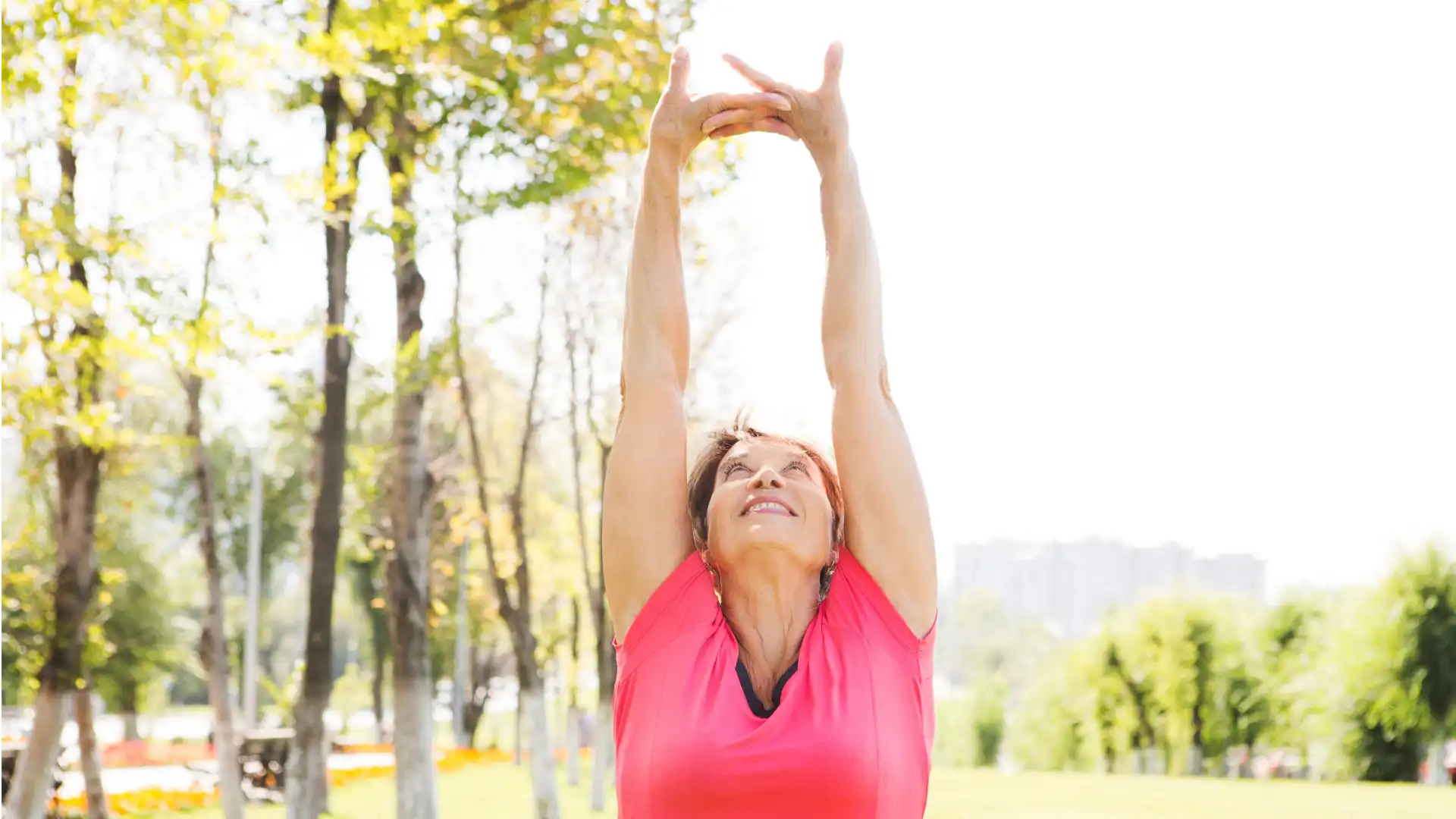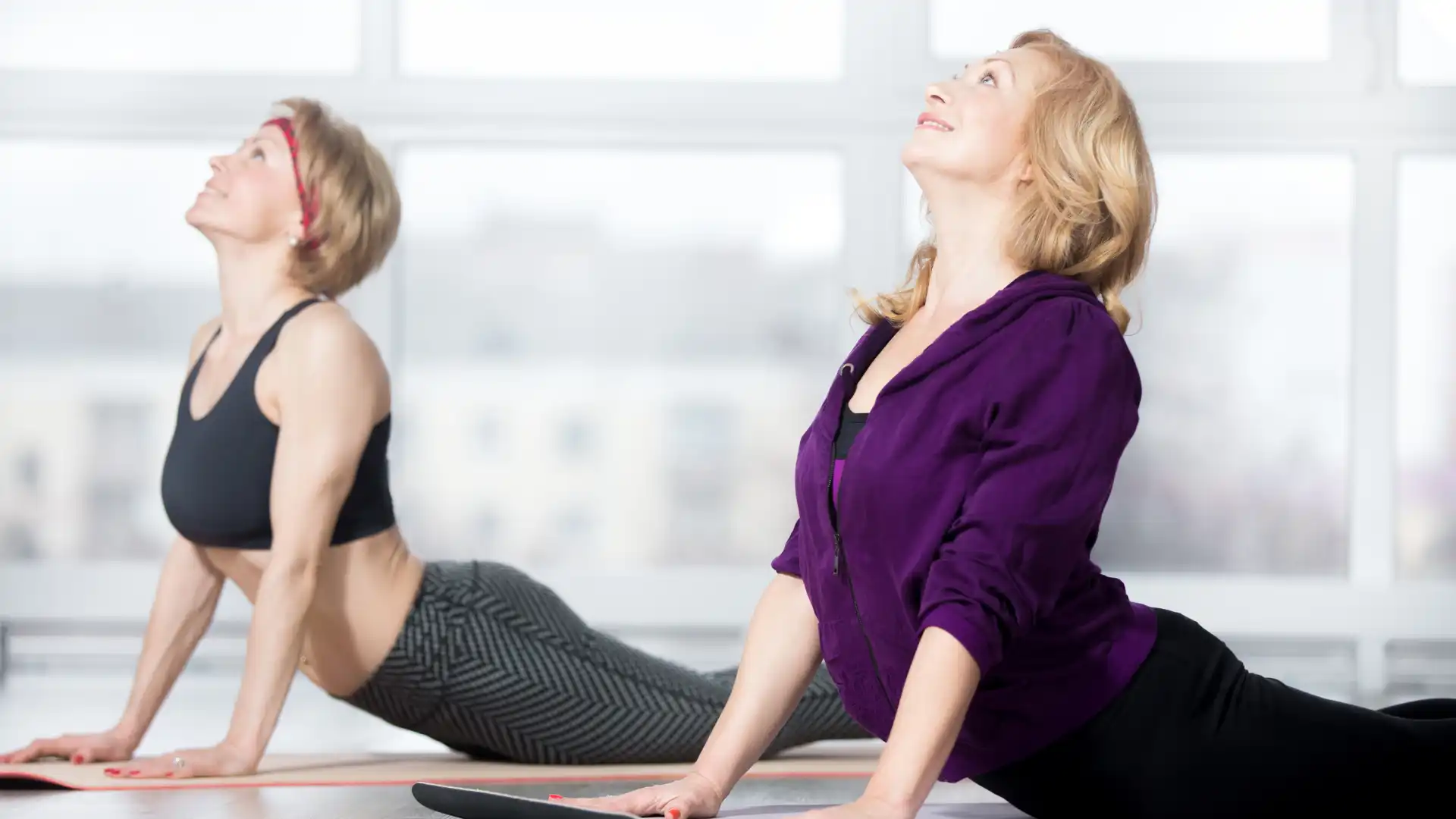Study Highlights How Yoga Brings Relief to Arthritis Sufferers

People suffering from rheumatoid arthritis and osteoarthritis might soon find that their doctor recommends an alternative therapy over pain killers: yoga and Tai Chi.
According to a study at Diakonhjemmet Hospital in Oslo Norway, yoga and tai chi can be beneficial for the treatment of both types of arthritis, but for especially osteoarthritis of the knee, hip and hand.
Both yoga and Tai Chi involve gentle and slow stretching exercises, and include instruction in breathing. Prescriptions for these practices are increasingly taking the place of or included along with pharmacological interventions.
For those suffering from joint pain, even the thought of working that stiff joint can be excruciating. However, not moving the joints at all can set up a vicious cycle: Joints become tighter through inaction, and, the stress of living with pain often makes a patient tense that area in order to resist the pain. Often sleepless nights result from the pain and tension. As a result, many patients begin to experience decreased general health and increased fatigue during the day, causing more pain, and further tightening and weakening of the joint. Decreased range of motion affects balance and creates danger of injury from falling accidents.

Joints need to move in order to stay flexible. The American College of Rheumatology and the Arthritis Foundation both have been recommending gentle physical activity for fibromyalgia and arthritis, saying that yoga and Tai Chi are complementary therapies.
For yoga to offer effective therapy for arthritis, the best approach is a gentle practice of yoga asanas adapted to suit the mobility of the joint, combined with breathing instruction. As the slow movements and deep breathing relax the patient, blood flow increases to the affected area promoting the body’s natural healing responses. Pain is reduced, mobility increased, sleep improves. The vicious cycle has reversed and arthritis sufferers feel more general health and wellbeing as well as improvement in the pain and stiffness associated with this disease.
Of course, there are natural fluctuations in the level of health, energy, pain and mobility. The first commandment of yoga is to learn to be in tune with one’s own body, not pushing to achieve some goal or surmount the accomplishments of a previous session. Instead, yoga is a practice that promotes paying attention to signals from the body and modifying one’s practice to suit the body’s needs. Arthritis sufferers who take up yoga are encouraged to move at their own pace, in a non-competitive, low impact, gentle and soothing way where they can take pleasure in their own level of practice.
The U.S. National Institutes of Health, in publishing the abstract from Norway, called for more clinical trials, with larger randomized participation, collecting more evidence so that physicians may give broader recommendations for the use of yoga and Tai Chi as healing modalities.
Source: Tai Chi and yoga as complementary therapies in rheumatologic conditions



